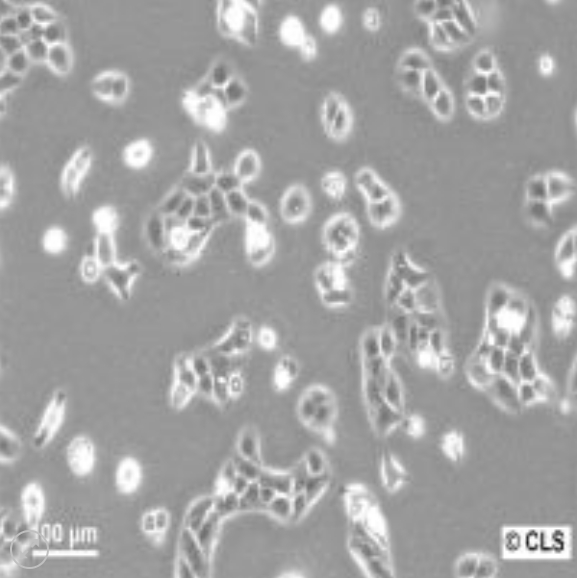Blog Post
Distinguishing Between a Cell Line and Immortalized Primary Cells
Understanding the differences between a cell line and immortalized primary cells is crucial for researchers, educators, and students in the field of cell biology. These two types of cells play pivotal roles in scientific studies, and each has its unique applications and attributes. In this post, we’ll dive into the primary distinctions, offering a simplified guide for readers of all backgrounds.
What is a Cell Line?
A cell line refers to a continuous culture of cells that can proliferate indefinitely under specified conditions. Originating from a single cell, these cells share identical genetic makeup. They are usually derived from tumors, making them inherently immortal.
Key Characteristics of Cell Lines:
- Stable genetic composition.
- Easily replicable for research consistency.
- Generally more resilient to environmental factors than primary cells.

What are Immortalized Primary Cells?
Immortalized primary cells start as normal primary cells but undergo a process that allows them to avoid cellular senescence and continue to proliferate. Unlike cell lines, these cells aren’t derived from tumors but rather from normal tissues.
Key Characteristics of Immortalized Primary Cells:
- Retain many of the features of the original primary cells.
- Can proliferate indefinitely, thanks to modifications.
- Offer a balance between the authenticity of primary cells and the longevity of cell lines.

Major Differences At A Glance
Source:
- Cell Line: Typically derived from tumors.
- Immortalized Primary Cells: Derived from normal tissues, then modified for longevity.
Genetic Stability:
- Cell Line: Highly stable, as all cells have an identical genetic composition.
- Immortalized Primary Cells: Retain much of the original genetic information but can exhibit changes over time due to the immortalization process.
Applications:
- Cell Line: Broadly used in research for consistency and ease of use.
- Immortalized Primary Cells: Valuable for studying processes closer to in vivo conditions.
In Conclusion
Recognizing the nuances between a cell line and immortalized primary cells can enhance the quality and accuracy of biological research. Whether for drug testing, gene studies, or disease research, these cells offer invaluable insights. As the world of cell biology continues to evolve, having foundational knowledge about these cellular resources becomes increasingly essential.

